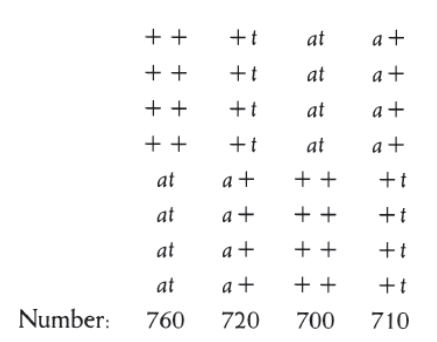#Question id: 11206
#Unit 7. System Physiology – Animal
Tetrodotoxin blocks voltage-gated sodium channels, and ouabain blocks sodium-potassium pumps. If you added both tetrodotoxin and ouabain to a solution containing neural tissue, what responses would you expect?
#Question id: 11207
#Unit 7. System Physiology – Animal
In multiple sclerosis, the myelin sheaths around the axons
of the brain and spinal cord are damaged and demyelination results. How does
this disease manifest at the level of the action potential?
#Question id: 11208
#Unit 7. System Physiology – Animal
Neurotransmitters are released from axon terminals via ________.
#Question id: 11209
#Unit 7. System Physiology – Animal
Acetylcholine released into the junction between a motor neuron and a skeletal muscle binds to a sodium/potassium channel and opens it. This is an example of ________.
#Question id: 11210
#Unit 7. System Physiology – Animal
An inhibitory postsynaptic potential (IPSP) occurs in a membrane made more permeable to ________.
#Question id: 11211
#Unit 7. System Physiology – Animal
The following steps refer to various stages in transmission at a chemical synapse.
1. Neurotransmitter binds with receptors associated with the postsynaptic membrane.
2. Calcium ions rush into neuron's cytoplasm.
3. An action potential depolarizes the membrane of the presynaptic axon terminal.
4. The ligand-gated ion channels open.
5. The synaptic vesicles release neurotransmitter into the synaptic cleft.
Which sequence of events is correct?

